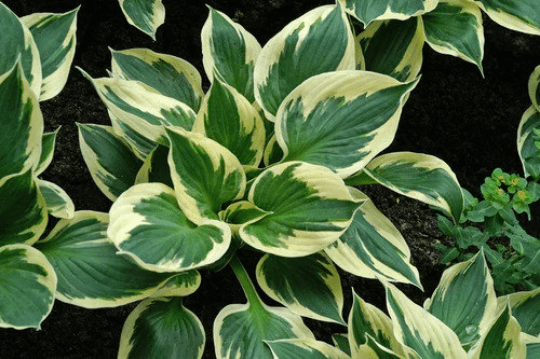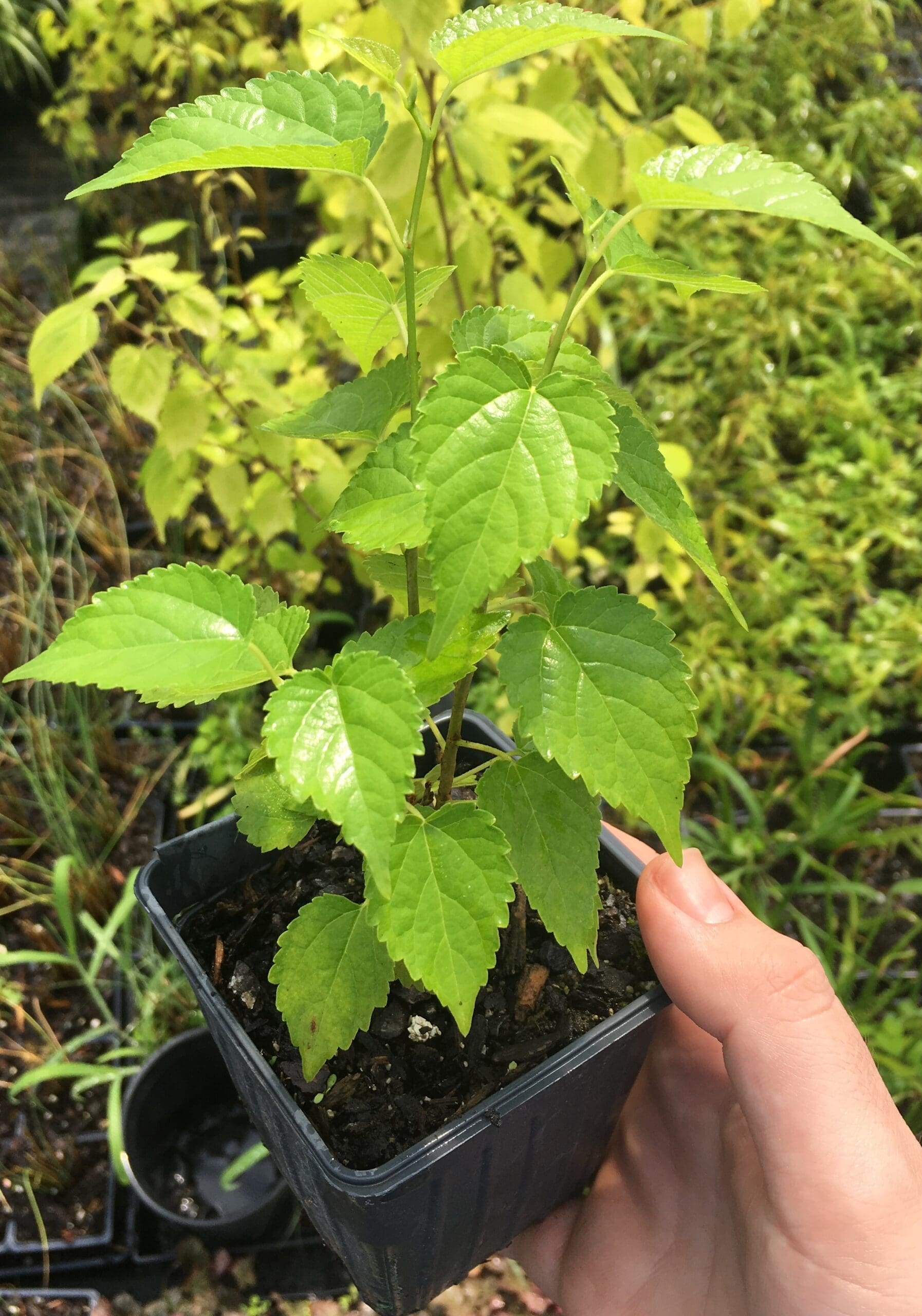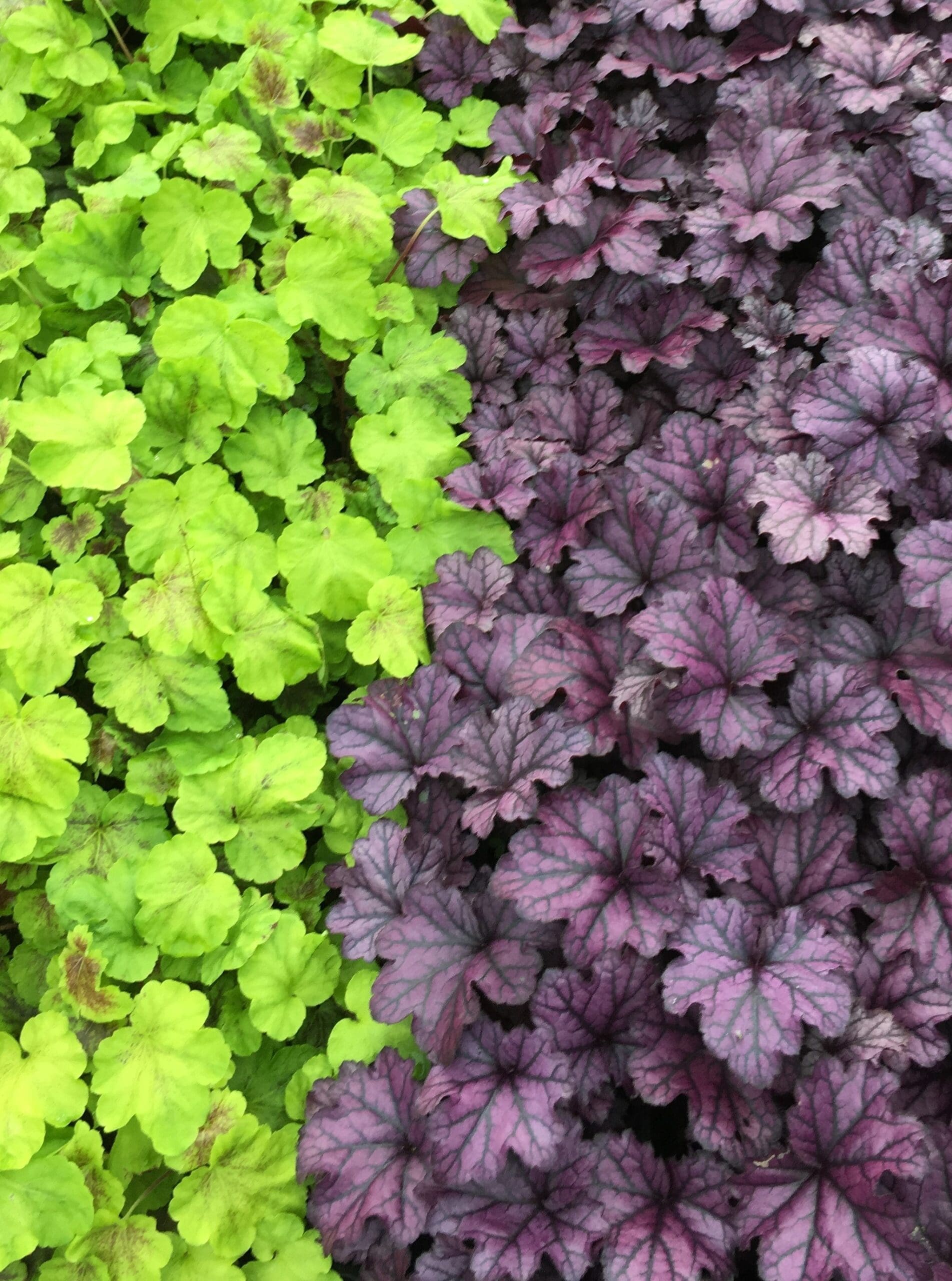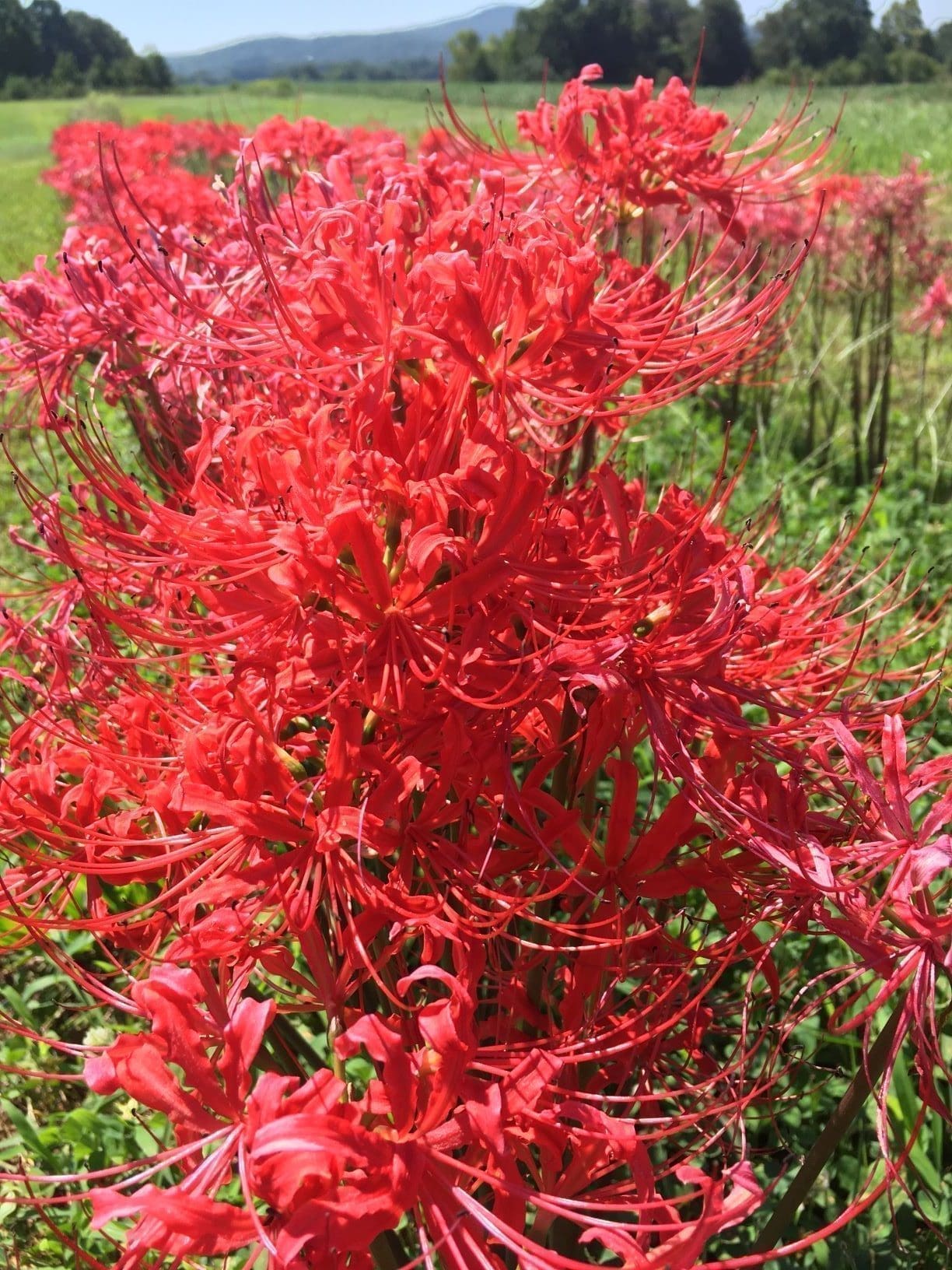Description
Hosta, commonly known as the plantain lily or funkia, is a popular perennial plant prized for its lush foliage and attractive flowers. Native to East Asia, particularly Japan, China, and Korea, Hosta has become a beloved ornamental plant worldwide due to its adaptability and ease of cultivation.
The plant features large, heart-shaped or lanceolate leaves that come in a variety of colors, including shades of green, blue, gold, and variegated patterns. The leaves are often glossy and have prominent veining, adding to their aesthetic appeal. Hostas typically grow in clumps, creating a dense and elegant display in gardens and landscapes.
During the summer, Hosta produces tall, slender stems that bear clusters of trumpet-shaped flowers, which can be white, lavender, or pale violet. While the flowers are visually appealing, it’s the foliage that remains the main attraction of this plant throughout the growing season.
Planting Zones for Hosta:
Hostas are versatile plants and can thrive in various climate zones, though they tend to do best in temperate regions. The most suitable planting zones for Hosta are typically USDA hardiness zones 3 to 9. In these zones, Hostas can withstand cold winters and hot summers, making them a popular choice for gardeners across different regions.
Growing Guide for Planting Hosta from a Pot into the Ground:
Transplanting a Hosta from a pot into the ground is a straightforward process. Follow these steps to ensure a successful transition:
1. Timing: The best time to transplant a Hosta from a pot into the ground is in the early spring or fall when the weather is cooler. Avoid extreme temperatures to minimize stress on the plant.
2. Site Selection: Choose a planting location that receives partial to full shade. While Hostas can tolerate some morning sun, they generally prefer dappled sunlight or shade to avoid scorching their delicate foliage.
3. Soil Preparation: Hostas thrive in well-draining, rich, and slightly acidic soil. Before planting, amend the soil with organic matter, such as compost or well-rotted manure, to improve its fertility and drainage.
4. Digging the Hole: Dig a hole in the ground that is slightly larger than the pot in which the Hosta is currently growing. Make sure the depth of the hole accommodates the root ball.
5. Removing the Plant from the Pot: Gently tap the sides of the pot to loosen the Hosta’s root system. Carefully lift the plant out of the pot, holding it by the base of the plant rather than the delicate foliage.
6. Placing the Hosta in the Ground: Lower the Hosta into the prepared hole, ensuring that the top of the root ball is level with the surrounding soil surface. Fill in the hole with soil and pat it gently to eliminate air pockets.
7. Watering: Thoroughly water the newly transplanted Hosta to help it establish its roots in the ground. Keep the soil consistently moist, but not waterlogged, in the following weeks to aid in the plant’s establishment.
8. Mulching: Apply a layer of organic mulch around the base of the Hosta, leaving a few inches of space around the stems. Mulching helps retain moisture, suppress weeds, and protect the plant’s roots from extreme temperatures.
9. Maintenance: Regularly water and monitor the Hosta during its initial weeks in the ground. Remove any weeds that might compete for nutrients and maintain adequate moisture levels throughout the growing season.
With proper care and attention, your transplanted Hosta should quickly acclimate to its new surroundings and reward you with beautiful foliage and charming flowers year after year.
Proud Products Guarantee!!
Plants from Daylily Nursery are guaranteed to arrive healthy and green. If you have any concerns or are dissatisfied within the first five days of receiving your plants, please email or call our office so that we can help make it right! Plants require proper care and nourishment to adapt to their new surroundings. Unfortunately, if your plants have received less-than-ideal care or were purchased for planting outside of your recommended growing zone, your purchase isn’t covered by our guarantee. Zone recommendations are provided in our listings.
Exercise caution and use your best judgment before ordering during unusually hot or cold weather (below 32 degrees F, or in excess of 95F for shipping purposes), as these extremes may leave your plant vulnerable to damage. The optimal time for planting for most of our material is in mid to late spring, past the danger of hard frost. This allows your plants the longest possible growing season. Summer and very early fall are also suitable, as long as your plant is placed in optimal conditions and receives adequate water during the hotter, dryer periods of the summer. Late fall and winter are very risky in most areas, as our plant material ships from cozy greenhouses and will struggle adapting to very cold or frozen soil, or abrupt changes in temperature. This can easily cause damage, stunting, or failure to thrive. When in doubt about suitable planting times or zone compatible plants for your area, reach out to your local Agricultural Extension Office.
If issues with your plants arise within the first 30 days of receipt, please email or call our office. Our knowledgeable staff will review your concerns and provide guidance and troubleshooting, or a one-time replacement if necessary. The customer assumes responsibility for the cost of shipping the replacement. Happy Planting!








